 I’ve recently become aware that there is actually a decent amount of YA nonfiction out there, as I’m working on one myself, although mine is more technical than narrative. One of the authors I found is Deborah Heiligman, who wrote Charles and Emma about Charles Darwin and his wife, which was a finalist for the National Book Award. I bought that book, but the first one I decided to read was her one about Vincent van Gogh.
I’ve recently become aware that there is actually a decent amount of YA nonfiction out there, as I’m working on one myself, although mine is more technical than narrative. One of the authors I found is Deborah Heiligman, who wrote Charles and Emma about Charles Darwin and his wife, which was a finalist for the National Book Award. I bought that book, but the first one I decided to read was her one about Vincent van Gogh.
Vincent and Theo is a great exploration of Vincent’s rise as an artist, and all his stumbling along the way, as well his relationship with his steadfast brother Theo, who literally and figuratively supported Vincent pretty much all his adult life. This is basically a birth-death portrait of both of them, and it starts off describing their rather commonplace, middle-class childhood in The Netherlands. Their father was a pastor and they had several sisters and everything seemed pretty normal and positive in those days. Vincent and Theo were close despite a four-year age gap, even pledging to always be there for each other in their late teens. Their uncle worked in the art industry as an art dealer, and it was expected that both Vincent and Theo would go into that field. Vincent had no intentions of becoming an artist in the early days.
So Vincent did come of age and start working as an art dealer. But it didn’t take long before some of his more difficult personality traits emerged and although they tried moving him to London, it really didn’t work out. This period was really the point at which his mental health challenges started to emerge. Vincent floundered around for a while and became intensely religious for a period of time, trying to make a career out of evangelism. But this ultimately didn’t work out, either, and he floundered some more before finally deciding to become a draftsman. He threw himself into this with unrivaled intensity, drawing and painting in watercolor (which he actually still called drawing) to train himself to render things accurately. Eventually he started working in oils, and became a full-fledged painter. Theo literally supported him through all of this, sending him money for rent, food, and art supplies, sometimes sending paint directly.
Although he had no responsibilities except to his own development as an artist, Vincent didn’t do that well. He tended to not eat or generally take very good care of himself, something he did his entire adulthood. He got romantically involved with a prostitute who had first one child and then another (not Vincent’s) and they moved in with Vincent. Poor Theo was then responsible for two adults and two children, and the woman’s mother was somehow involved in all of this. It just sounded messy to me. During all this, Theo is encouraging Vincent but still saying he’s not skilled enough, so he’s developing, developing, developing. Eventually Vincent and the woman split up, Vincent moved around a bit, and then he finally started having the beginnings of success. He became part of the European art scene after Theo managed to sell some of his pieces. From this point on, Vincent was a real artist, but he also truly struggled with his mental health and he still wasn't pulling in much actual money. He and the artist Gaugin lived together and encouraged and challenged each other, drinking together a lot, as well.
Although the author never says it, it sounds to me like he had classic bipolar disorder, the variant with full psychosis (bipolar I). And his habits of not eating and not taking care of himself—and also drinking excessively—are some of the worst possible things bipolar sufferers can do. I’m not sure why, but the drinking in particular makes it immensely harder to regulate feelings, which is the downfall of a sufferer. Things can spiral up or down, neither of which is a good thing. And of course this one in the days before Lithium. Untreated bipolar disorder is a nightmare.
Everyone knows of the incident with Vincent cutting off his own ear. We sometimes trivialize that—it even seems kind of funny. Heiligman doesn’t go into detail about it, either, but think about it—he took a razor and cut through the skin and then all that cartilage. And anyone who’s ever cut their ear accidentally knows how painful just some dinky little cut is. This would have taken Vincent real time. It just makes me ill thinking about it. He also delivered the ear to a prostitute at one of the brothels he frequented, something he later felt really guilty about. He did eventually recover from this incident, but after trying to keep painting and having some more ups and downs, his struggles continued and eventually he shot himself somewhere in his torso from what I gather. He survived initially but was still mortally wounded, but it allowed Theo to reach him and spend time with him before he died.
I’ve talked mostly about Vincent here, because although the book itself spends as much time on Theo and his own tribulations (he didn’t have an easy time of things, either, although he doesn’t seem to have had any significant mental health challenges), the whole reason for the book is because of how important Vincent became in the art world. And that never would have come to be without Theo’s support. Interestingly, their mother had some of Vincent’s paintings but didn’t keep them safe, and they didn’t survive. Nobody in his family saw his successes except Theo, forever viewing him in terms of his earlier failures. Theo, on the other hand, was 100% committed to sharing Vincent’s work with the world. Sadly, he barely outlived Vincent. Both Vincent and Theo contracted STIs from all their cavorting at the local brothels. Theo’s syphilis killed him, cruelly sending him into madness beforehand. But his wife, Jo, took over being Vincent’s advocate, and it is because of her dedication—a direct result of Theo’s dedication—that so much of Vincent’s work has survived. Theo and Jo’s son, who they named Vincent and who was still a baby when his uncle and father died, didn’t go into art, but he did help found the Van Gogh Museum in Amsterdam.
Normally I don’t talk as much about an entire book when I review it, but I just found this story fascinating and full of things I didn’t know. But one of the things that makes the book stand out is how personal it feels. Obviously Heiligman doesn’t know with certainty how each of the brothers truly felt, but they sent heartfelt letters back and forth sometimes almost daily, and she worked off of those. Some purists may prefer to just read the translated letters directly, but I liked (and trusted) Heiligman’s interpretation. If you are wanting to understand more about who Vincent and the most important person in his life really were, and what they were like, this is a great book for that. It may technically be YA, but it will appeal to anyone interested in the brothers’ story.
 The premise of Saint Anything is that Sydney, a well-behaved teenager who lives in the shadow of her gregarious brother with his oversized personality, has her life upended when that very brother gets himself thrown into prison. Her parents, especially her mom, fixate on supporting the brother and making his prison stay as cushy as possible. But Sydney is torn up by the event that landed her brother in jail—a teen boy riding home on his bike late one night getting hit by Sydney’s drunk-driving brother. The teen survives, but he’s going to be in a wheelchair for the rest of his life. Sydney’s mom doesn’t seem to care at all about the kid, even going so far as to blame him for being out so late at his age.
The premise of Saint Anything is that Sydney, a well-behaved teenager who lives in the shadow of her gregarious brother with his oversized personality, has her life upended when that very brother gets himself thrown into prison. Her parents, especially her mom, fixate on supporting the brother and making his prison stay as cushy as possible. But Sydney is torn up by the event that landed her brother in jail—a teen boy riding home on his bike late one night getting hit by Sydney’s drunk-driving brother. The teen survives, but he’s going to be in a wheelchair for the rest of his life. Sydney’s mom doesn’t seem to care at all about the kid, even going so far as to blame him for being out so late at his age.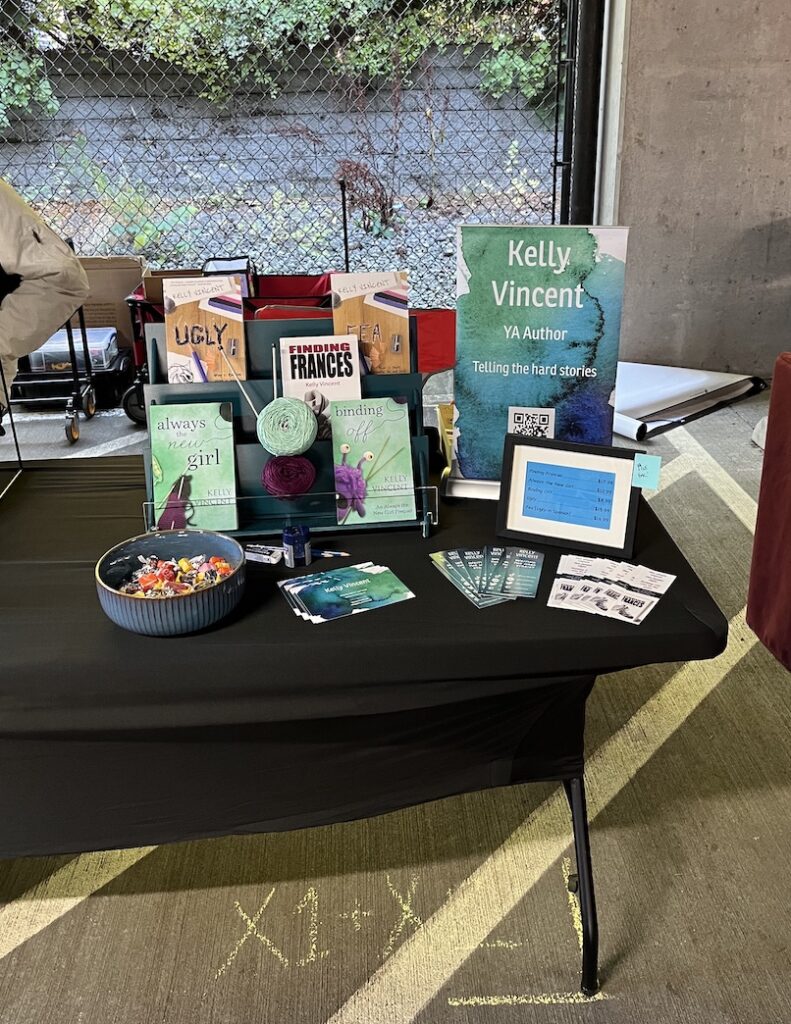
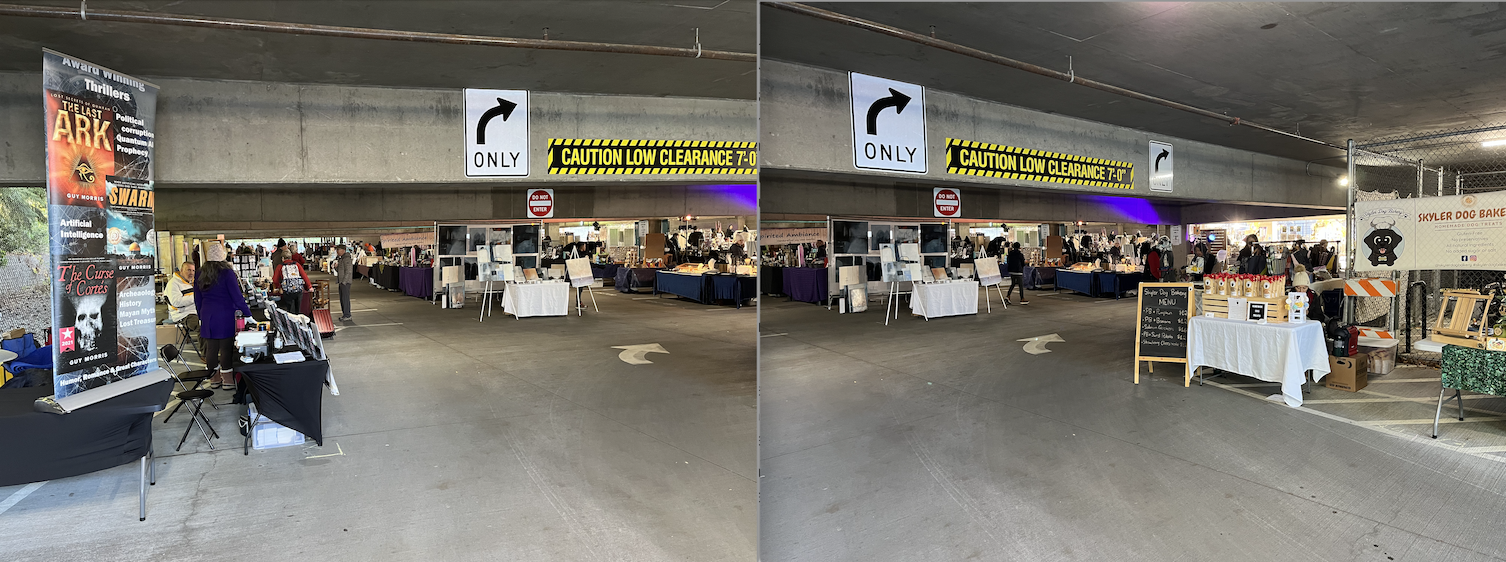
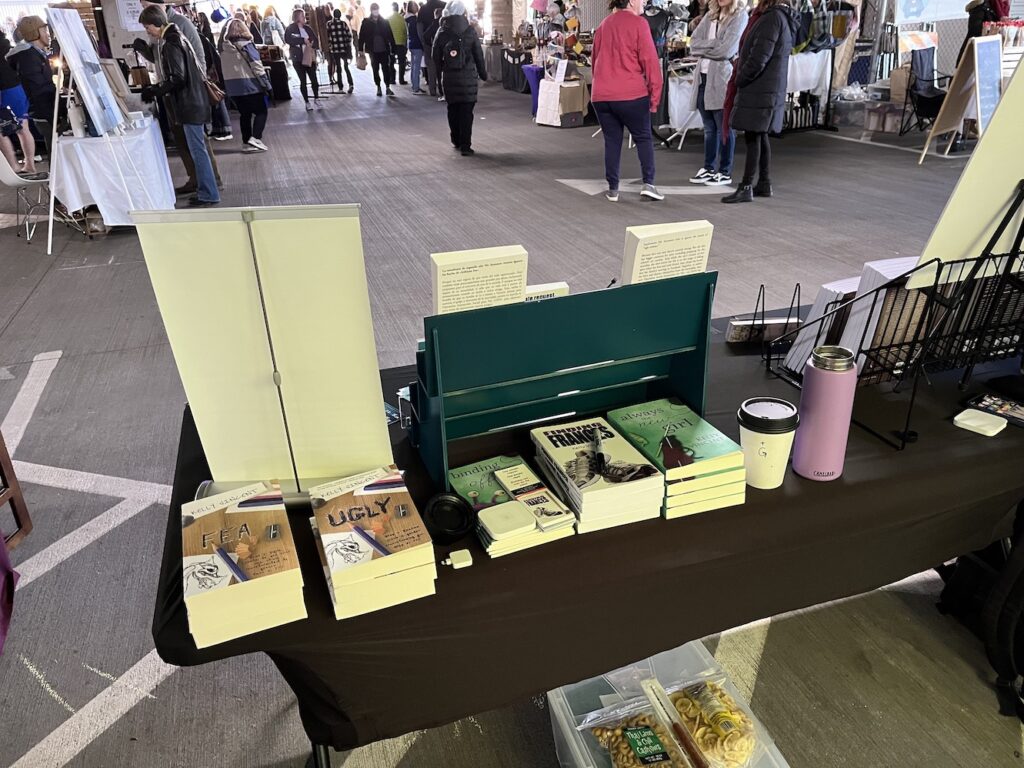

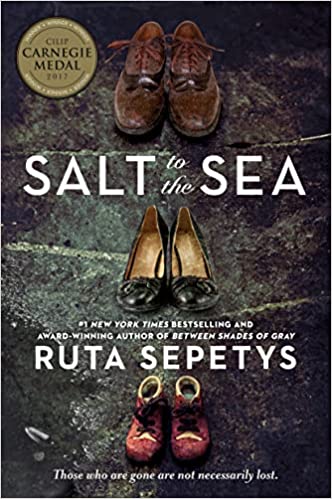 Setup
Setup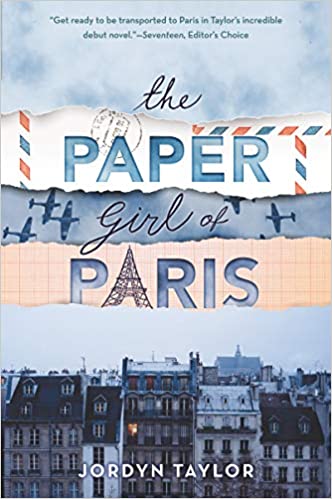 I haven’t been a big reader of historical fiction, even though when I do read it, I usually enjoy it. But I recently read another one I really liked, so I picked up a couple when I went to Barnes and Noble recently.
I haven’t been a big reader of historical fiction, even though when I do read it, I usually enjoy it. But I recently read another one I really liked, so I picked up a couple when I went to Barnes and Noble recently.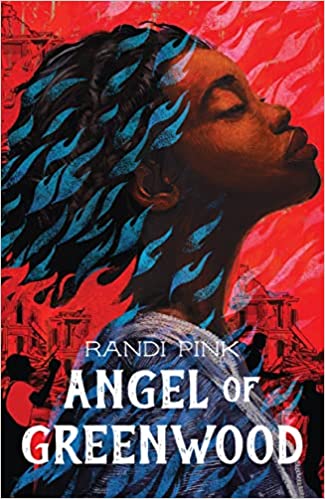 As soon as I knew this book existed, I bought it. It’s set amidst the Tulsa Race Massacre. I have a special interest in that event because I grew up in Tulsa and knew nothing about it until about five years ago. It blows my mind that this is something that was “forgotten.” It makes me so mad, but it fits right in with all the Republicans who are insisting that the unsavory parts of our history shouldn’t be taught in school because it might make some little white kids feel guilty. A little guilt never hurt anyone, and it would make it easier for them to understand their privilege. I think this is actually quite important.
As soon as I knew this book existed, I bought it. It’s set amidst the Tulsa Race Massacre. I have a special interest in that event because I grew up in Tulsa and knew nothing about it until about five years ago. It blows my mind that this is something that was “forgotten.” It makes me so mad, but it fits right in with all the Republicans who are insisting that the unsavory parts of our history shouldn’t be taught in school because it might make some little white kids feel guilty. A little guilt never hurt anyone, and it would make it easier for them to understand their privilege. I think this is actually quite important.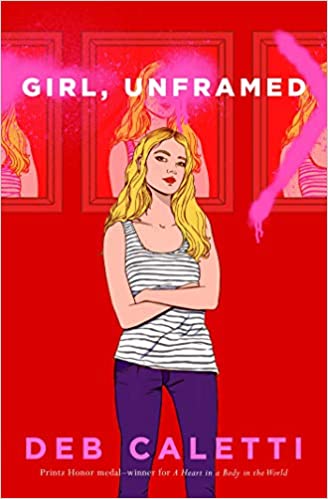 I’m a big fan of Deb Caletti and have reviewed some of her books here (
I’m a big fan of Deb Caletti and have reviewed some of her books here (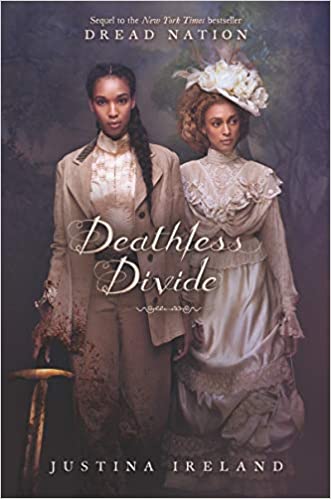 Context
Context
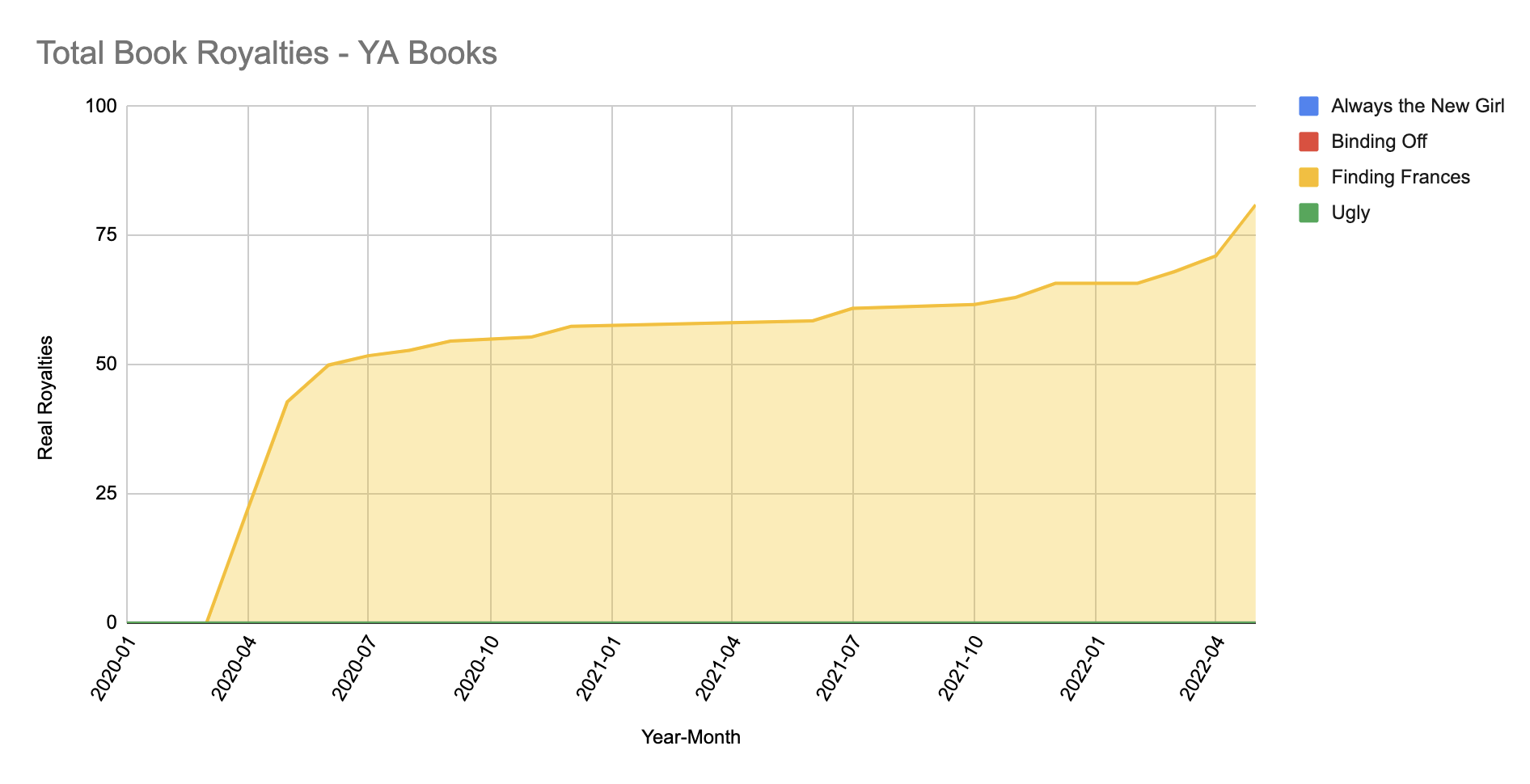
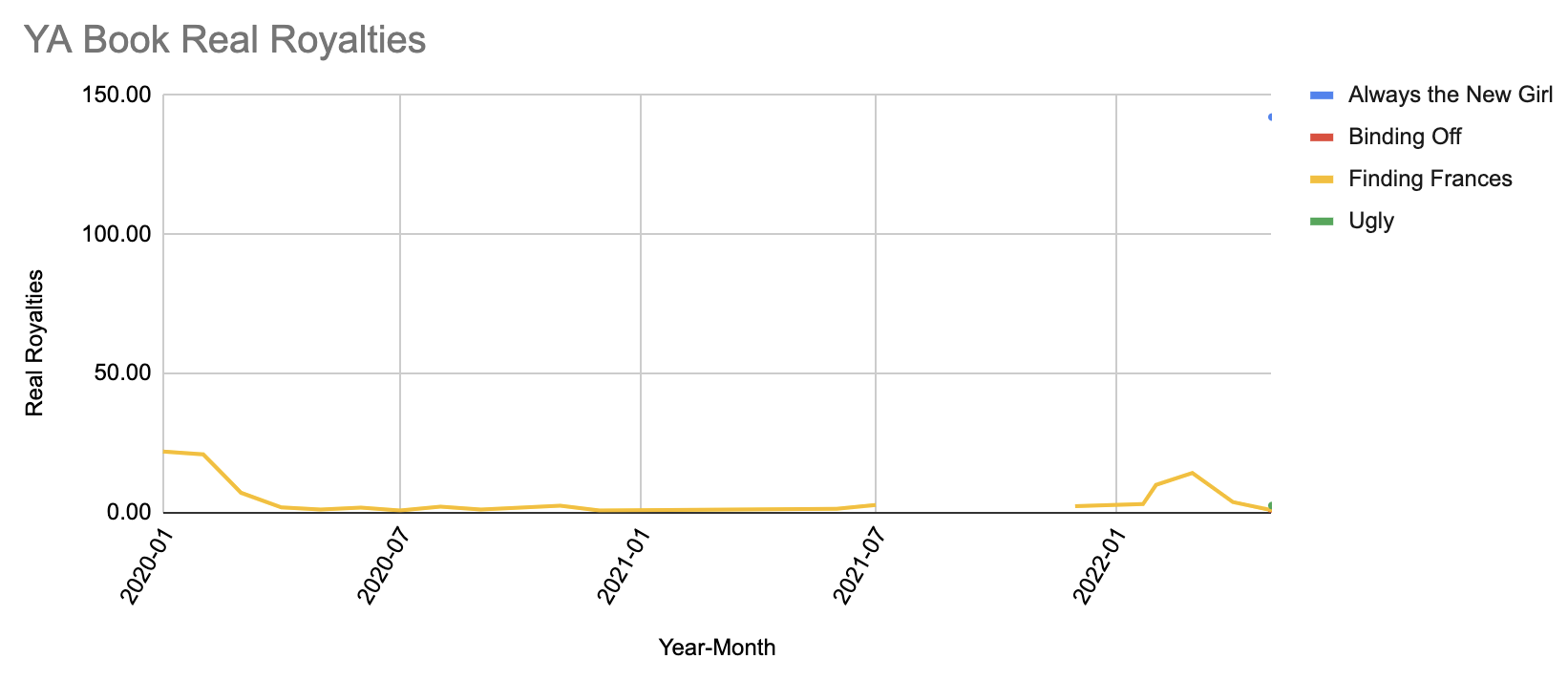
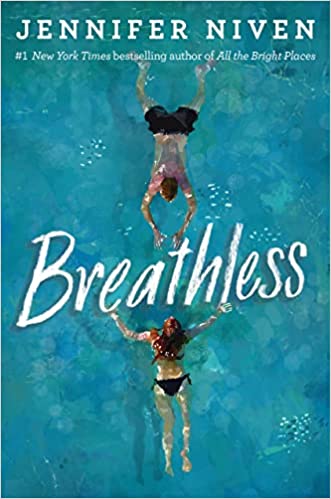 I am a big fan of Niven’s first book (All the Bright Places—it’s one of my favorite books) so I’ve read both her others, including Breathless. One thing that I like about her books overall is that they’re all different. Her first two feature dual perspective, on the girl’s and one the boy’s, but in this one, she sticks with the single protagonist, a girl named Claude who’s just about to graduate high school when the book opens.
I am a big fan of Niven’s first book (All the Bright Places—it’s one of my favorite books) so I’ve read both her others, including Breathless. One thing that I like about her books overall is that they’re all different. Her first two feature dual perspective, on the girl’s and one the boy’s, but in this one, she sticks with the single protagonist, a girl named Claude who’s just about to graduate high school when the book opens.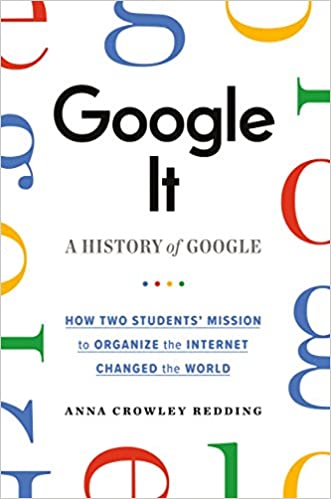 I’ve previously mentioned that I’ve been struggling to get myself to read for months. It’s a strange thing, given how much I’ve loved reading all my life. I recently did manage to finish another YA nonfiction book, which was really engaging and it’s only the reading weirdness I’ve got going that made me take so long to finish it.
I’ve previously mentioned that I’ve been struggling to get myself to read for months. It’s a strange thing, given how much I’ve loved reading all my life. I recently did manage to finish another YA nonfiction book, which was really engaging and it’s only the reading weirdness I’ve got going that made me take so long to finish it. I’ve recently become aware that there is actually a decent amount of YA nonfiction out there, as I’m working on one myself, although mine is more technical than narrative. One of the authors I found is Deborah Heiligman, who wrote Charles and Emma about Charles Darwin and his wife, which was a finalist for the National Book Award. I bought that book, but the first one I decided to read was her one about Vincent van Gogh.
I’ve recently become aware that there is actually a decent amount of YA nonfiction out there, as I’m working on one myself, although mine is more technical than narrative. One of the authors I found is Deborah Heiligman, who wrote Charles and Emma about Charles Darwin and his wife, which was a finalist for the National Book Award. I bought that book, but the first one I decided to read was her one about Vincent van Gogh.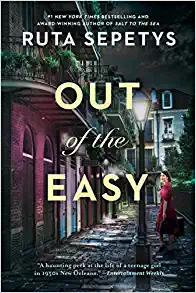 Josie is one of those amazing characters who, like a handful of incredible people I’ve known in real life, wants more out of her life than what she’s been dealt as the daughter of a brothel narcissistic prostitute—and she’s willing to work for it. It’s the 1950s in New Orleans and life is hard for a lot of people. But Josie’s observant and smart (both academically and street-smart), and she has a great deal of self-respect. It’s virtually impossible not to like her and root for her.
Josie is one of those amazing characters who, like a handful of incredible people I’ve known in real life, wants more out of her life than what she’s been dealt as the daughter of a brothel narcissistic prostitute—and she’s willing to work for it. It’s the 1950s in New Orleans and life is hard for a lot of people. But Josie’s observant and smart (both academically and street-smart), and she has a great deal of self-respect. It’s virtually impossible not to like her and root for her.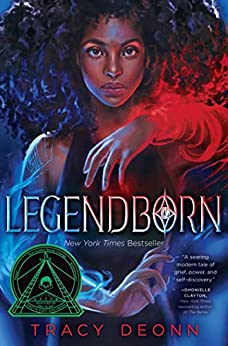 Bree Matthews is a girl with a plan that will help her deal with her mother’s recent death. It also is academically sound and will help her in other ways, even though it will also unexpectedly lead to her getting involved in ancient lore she never knew was real.
Bree Matthews is a girl with a plan that will help her deal with her mother’s recent death. It also is academically sound and will help her in other ways, even though it will also unexpectedly lead to her getting involved in ancient lore she never knew was real.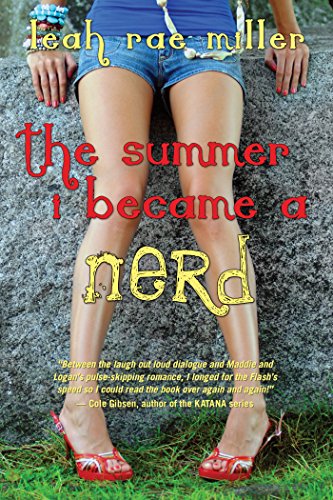 Maddie has several things she’s passionate about, but none of them are the things she’s “supposed” to care about. She’s a cheerleader dating one of the school’s finest catches—the quarterback—and everyone has forgotten a disastrous incident in junior high, where she outed herself as a nerdy and very enthusiastic comic book fan and was laughed off the costume contest stage. The only thing she could think to do was pretend it never happened, and never, ever mention comics in front of anybody ever again.
Maddie has several things she’s passionate about, but none of them are the things she’s “supposed” to care about. She’s a cheerleader dating one of the school’s finest catches—the quarterback—and everyone has forgotten a disastrous incident in junior high, where she outed herself as a nerdy and very enthusiastic comic book fan and was laughed off the costume contest stage. The only thing she could think to do was pretend it never happened, and never, ever mention comics in front of anybody ever again.